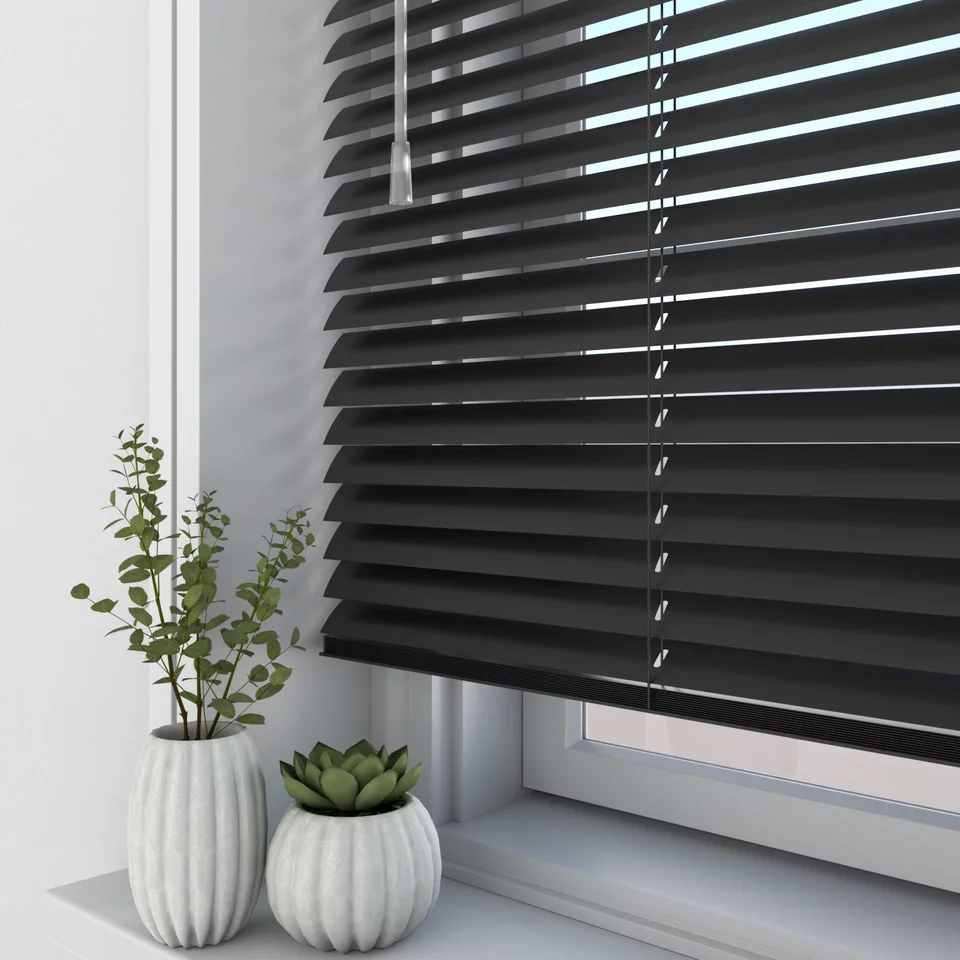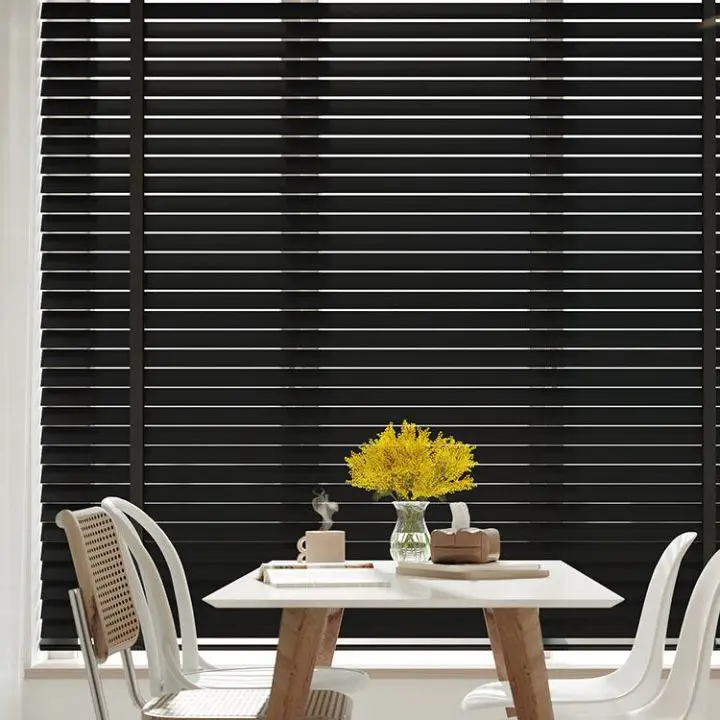Venetian blinds are a classic and versatile window treatment that can suit any style and decor. They consist of horizontal slats that can be tilted to adjust the amount of light and privacy in the room. They can also be raised or lowered to expose or cover the entire window. But can venetian blinds be blackout? Can they block out all or most of the natural light and create a dark and cozy environment for sleeping or watching movies?
The answer is no, venetian blinds cannot be completely blackout
Venetian blinds, by their design, cannot achieve a total blackout effect. This is because there are gaps between the slats, as well as around the edges of the blind, where light can seep through. Even if the slats are fully closed and aligned, some light will still filter through the holes where the cords run through. Therefore, venetian blinds are not the best choice for rooms where you need complete darkness, such as bedrooms or home theaters.
However, this does not mean that venetian blinds cannot reduce light and create a dimmer and more comfortable atmosphere. Depending on the material, color, and size of the slats, venetian blinds can block out more or less light and provide different levels of light control.
How to choose the best venetian blinds for light reduction
If you want to choose venetian blinds that can reduce light as much as possible, here are some factors to consider:
- The material of the slats: Venetian blinds can be made from different materials, such as aluminum, wood, faux wood, or PVC. These materials have different light-blocking abilities, depending on their thickness and opacity. Generally, aluminum blinds are the most effective at blocking light, as they are made of solid metal that reflects light. Wood and faux wood blinds are also good at blocking light, as they are made of solid wood or wood-like materials that absorb light. PVC blinds are the least effective at blocking light, as they are made of plastic that can be translucent or transparent.
- The color of the slats: The color of the slats can also affect how much light they block or reflect. Generally, darker colors block more light than lighter colors, as they absorb more light and create more contrast with the surrounding light. Lighter colors block less light than darker colors, as they reflect more light and create less contrast with the surrounding light.
- The size of the slats: The size of the slats can also affect how much light they block or let in. Generally, wider slats block more light than narrower slats, as they cover more surface area and leave less gaps between them. Narrower slats block less light than wider slats, as they cover less surface area and leave more gaps between them.

How to enhance the blackout effect of venetian blinds
If you already have venetian blinds and want to enhance their blackout effect, here are some tips to follow:
- Add curtains or drapes: One of the easiest and most effective ways to enhance the blackout effect of venetian blinds is to add curtains or drapes over them. Curtains or drapes can cover the gaps around the edges of the blind and create an extra layer of fabric that blocks out more light. You can choose curtains or drapes that have a blackout lining or coating that prevents any light from passing through. You can also choose curtains or drapes that match or contrast with your venetian blinds to create a stylish look.
- Add window film: Another way to enhance the blackout effect of venetian blinds is to add window film to your window glass. Window film is a thin sheet of plastic that sticks to your window glass and blocks out some or all of the natural light. You can choose window film that has a tinted or opaque color that reduces the amount of light that enters your room. You can also choose window film that has a decorative pattern or design that adds some interest to your window.
- Add valances or cornices: Another way to enhance the blackout effect of venetian blinds is to add valances or cornices above them. Valances or cornices are decorative pieces of fabric or wood that cover the top part of your window and hide the headrail of your blind. They can also block out some of the light that comes from above your window and create a more finished look.

FAQs
- How do I clean my venetian blinds? To clean your venetian blinds, you can use a vacuum cleaner with a soft brush attachment to remove any dust or dirt from the slats. You can also wipe them with a damp cloth or sponge with some mild soap and water. For stubborn stains, you can use a mild detergent or a stain remover.
- How do I repair my venetian blinds? To repair your venetian blinds, you may need to replace some parts that are broken or damaged. You can buy replacement parts online or from some hardware stores. You may need to replace the slats, cords, clips, stems, brackets, or tilt mechanisms.
- How do I measure my venetian blinds? To measure your venetian blinds, you need to measure the width and length of your window opening. The width is the distance from left to right, and the length is the distance from top to bottom. You may also need to measure the depth of your window frame if you want an inside mount.
Wrap up
Venetian blinds are a popular and practical window treatment that can suit any style and decor. They can provide light control, privacy, and style. However, they cannot provide a complete blackout effect, as they have gaps between the slats and around the edges where light can seep through. If you want to reduce light as much as possible with venetian blinds, you need to choose the right material, color, and size of the slats. You can also enhance the blackout effect of venetian blinds by adding curtains or drapes, window film, or valances or cornices over them.



